Only a scooter driving licence is needed! #DWREV
Get the latest international news and world events from around the world.
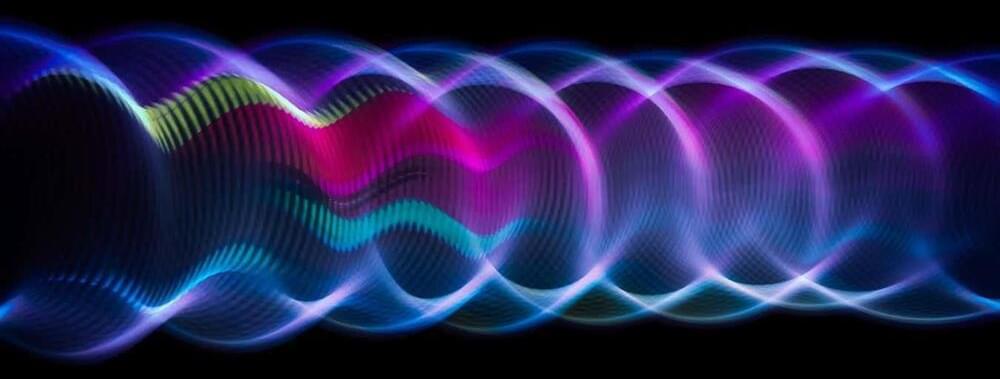
Sound vibrations can encode and process data like quantum computers do
A simple mechanical system built from aluminium rods uses vibrations to encode information, mimicking quantum computing in a non-quantum system.

Meet ‘DarkBERT:’ South Korea’s Dark Web AI could combat cybercrime
A team of researchers from South Korea has developed a new LLM called “DarkBert,” which has been trained exclusively on the “Dark Web.”
A team of South Korean researchers has taken the unprecedented step of developing and training artificial intelligence (AI) on the so-called “Dark Web.” The Dark Web trained AI, called DarkBERT, was unleashed to trawl and index what it could find to help shed light on ways to combat cybercrime.
The “Dark Web” is a section of the internet that remains hidden and cannot be accessed through standard web browsers.
S-cphoto/iStock.
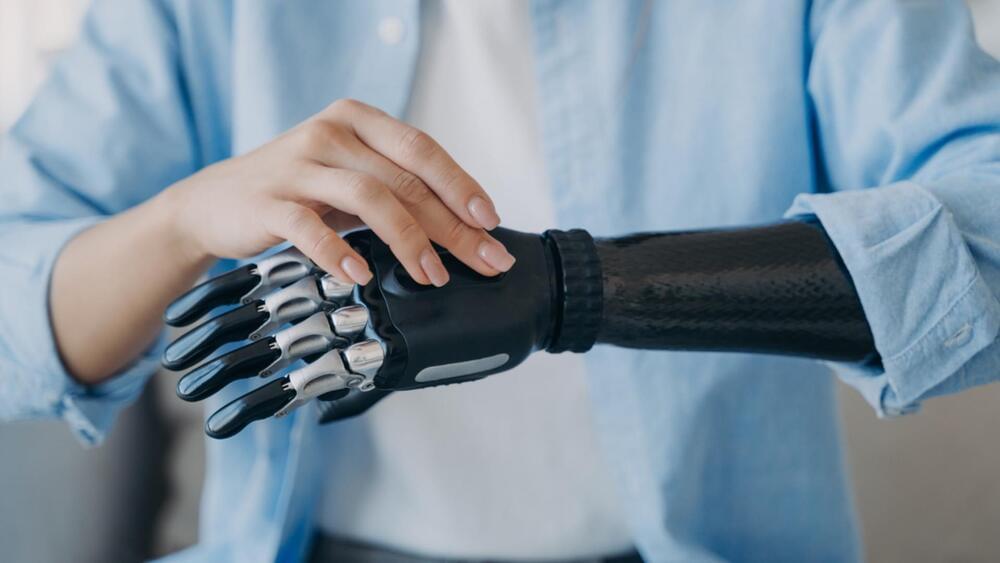
New device allows amputees to feel temperature sensation
A new non-invasive device called MiniTouch provides thermal feedback about the object being touched.
Amputees can regain temperature sensation in their phantom hand thanks to new bionic technology. Researchers from Switzerland’s Ecole Polytechnique Fédérale de Lausanne (EPF) are leading this innovation.
They created a non-invasive device called MiniTouch for the study, which provides thermal feedback about the object being touched.
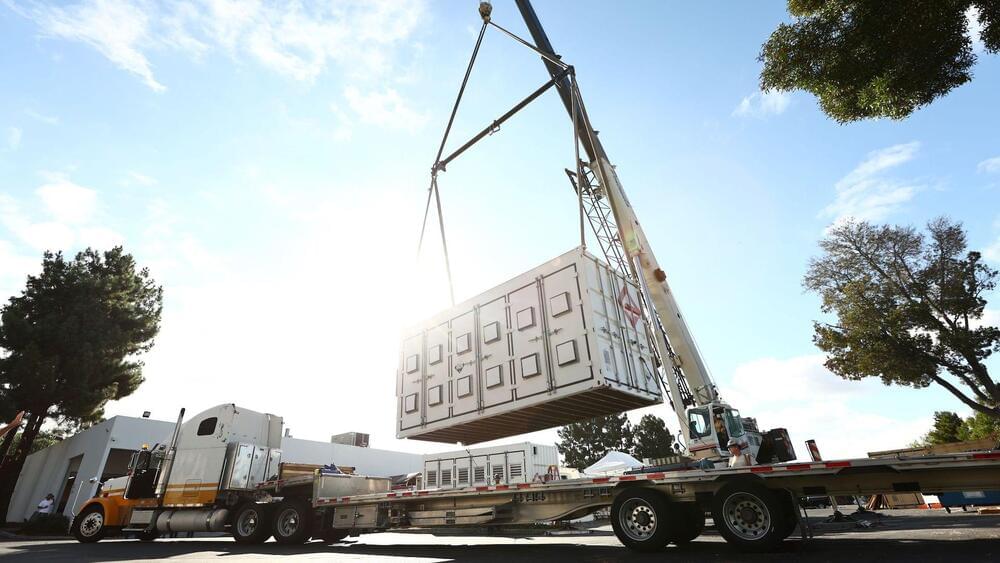
Modified NASA space tech provides sustainable batteries that last 30 years
It “lasts more than three times as long” as lithium-ion, according to EnerVenue CEO Jorg Heinemann.
With the advent of space tourism for the world’s wealthiest and a looming global recession, there has been a predictable increase in arguments against public spending on space technologies.
However, those calling to halt space operations often ignore the immense benefits space technologies bring us here on Earth. Obvious examples come in the form of GPS and the many satellites used to investigate the effects of climate change.
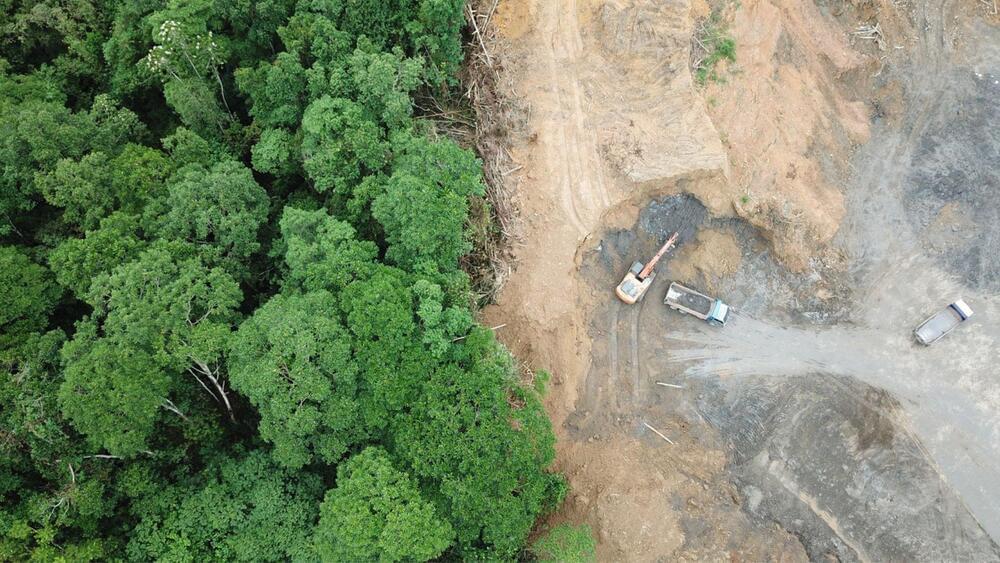
New algorithm-backed tool offers accurate tracking for deforestation crisis
Approximately 27 football fields’ worth of forests are lost every minute around the globe. That’s a massive annual loss of 15 billion trees.
Scientists have unveiled an innovative and comprehensive strategy to effectively detect and track large-scale forest disturbances, according to a new study published in the Journal of Remo.
Approximately 27 football fields’ worth of forests are lost every minute around the globe, resulting in a massive annual loss of 15 billion trees, according to the WWF. Given this concerning context, the new forest monitoring approach could be a valuable tool for effectively monitoring and managing forests as they undergo changes over time.
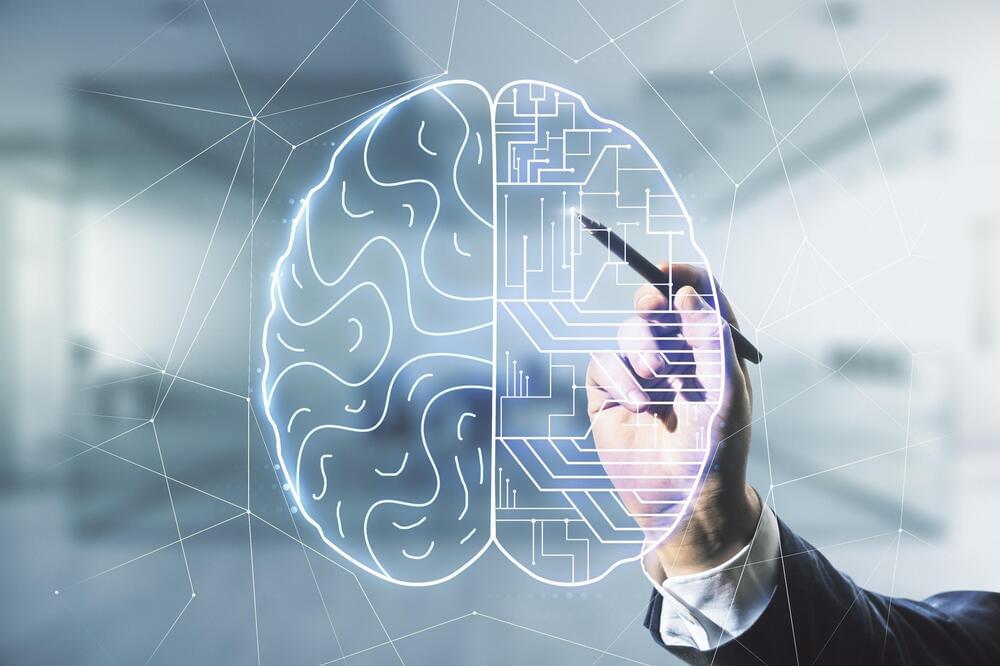
Artificial Intelligence In E-Commerce Can Also Benefit Small Businesses
• Explore the specific opportunities that AI offers your industry. This will help you weigh up the potential benefits and how you can leverage them to your advantage. Many AI solutions to specific needs are already available, simplifying and speeding up their implementation.
• Start with small projects that allow you to try out technologies and evaluate their effectiveness. For instance, supervised AI only serves as an assistant and does not independently carry out a specific function. ChatGPT can be used to describe a work-related problem, allowing you to see what AI advises. Describe a decision that you’re about to make and ask what you could improve or add, or ask them to generate an answer to a question from a question, which will give your great perspective. ChatGPT and similar solutions can help small businesses in their everyday operations without major investments.
AI integration in e-commerce holds immense potential for small businesses to streamline operations, personalize customer experiences and gain a competitive edge. By starting with small projects and gradually incorporating AI, SMEs can unlock new opportunities and drive their businesses toward greater success.
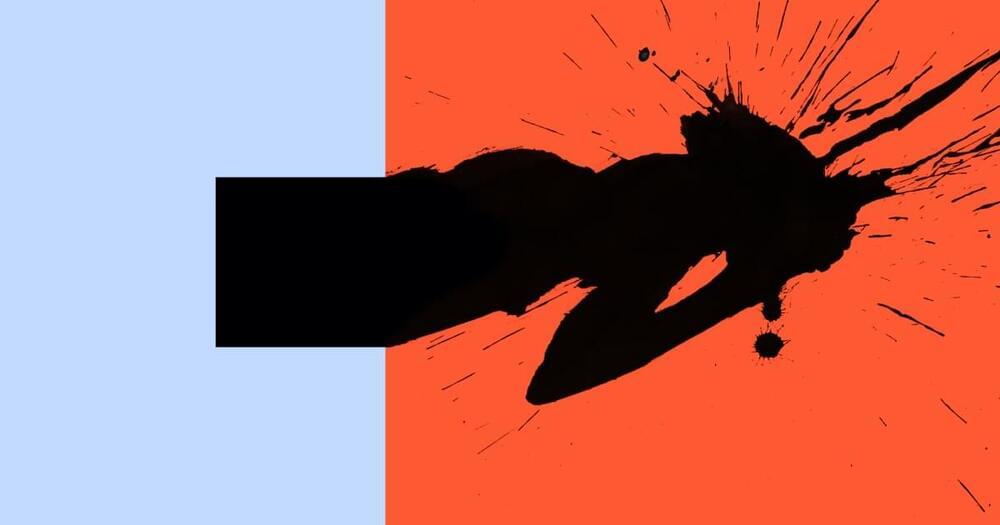
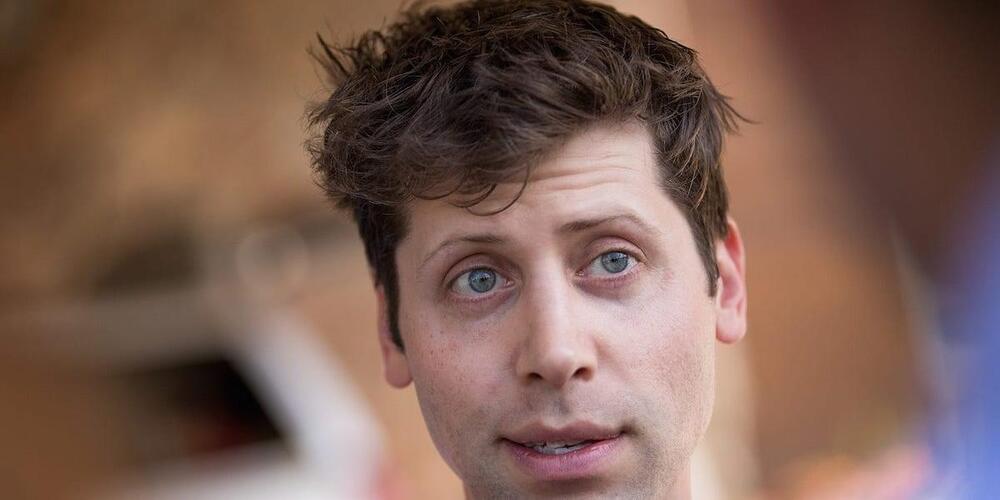
ChatGPT creator OpenAI is getting ready to release an open-source AI model, report says
OpenAI is preparing to release an open-source AI model, The Information reported, citing a source with knowledge of the plan.
The company led by Sam Altman has been the subject of intense scrutiny since the release of its popular AI-powered chatbot ChatGPT in November.
The large language models behind the bot, GPT-4 and GPT-3.5, are both closed source. Although the first two versions of GPT were open source, little is known about the newest iteration.